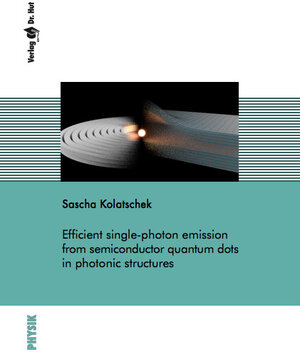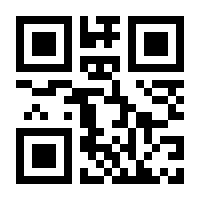
×
![Buchcover ISBN 9783843953863]()
Efficient single-photon emission from semiconductor quantum dots in photonic structures
von Sascha KolatschekWith quantum technologies on the verge of entering the modern world in applications in multiple fields including quantum communication, quantum computation, quantum cryptography, quantum sensing and quantum metrology, the need for ideal single-photon sources emerged. Semiconductor quantum dots have been proven to be promising candidates due to their excellent performances regarding on-demand single- and indistinguishable-photon emission. A major challenge is the high refractive index contrast at the interface between the solid-state matrix enclosing the quantum dot and the surrounding material (i. e. air), strongly limiting the photon extraction and collection efficiency.
The primary goal of this work is to overcome this challenge by embedding quantum dots into semiconductor photonic microcavities.
Spanning the range from the near-infrared to the telecom C-band, two different cavity approaches are utilized: Gaussian-shaped microlens and circular Bragg grating cavities. Both cavity designs are supported by finite-difference time-domain simulations enabling an indepth knowledge of the influence of different cavity parameters on the overall performance. While the former represents the first experimental realization of this design showing Purcell enhanced single-photon emission, the latter demonstrates a new approach for a deterministic fabrication process combining state-of-the art low-temperature insitu lithography and electron beam lithography. Furthermore, with g(2)(0) values around 1% and end-to-end efficiencies (first lens brightness) of 1.4% (23 %) and 6.3% (17.4 %) for the telecom O-band and C-band, respectively, the investigated quantum dots are within the brightest single-photon sources in the telecom range to date.
The primary goal of this work is to overcome this challenge by embedding quantum dots into semiconductor photonic microcavities.
Spanning the range from the near-infrared to the telecom C-band, two different cavity approaches are utilized: Gaussian-shaped microlens and circular Bragg grating cavities. Both cavity designs are supported by finite-difference time-domain simulations enabling an indepth knowledge of the influence of different cavity parameters on the overall performance. While the former represents the first experimental realization of this design showing Purcell enhanced single-photon emission, the latter demonstrates a new approach for a deterministic fabrication process combining state-of-the art low-temperature insitu lithography and electron beam lithography. Furthermore, with g(2)(0) values around 1% and end-to-end efficiencies (first lens brightness) of 1.4% (23 %) and 6.3% (17.4 %) for the telecom O-band and C-band, respectively, the investigated quantum dots are within the brightest single-photon sources in the telecom range to date.


